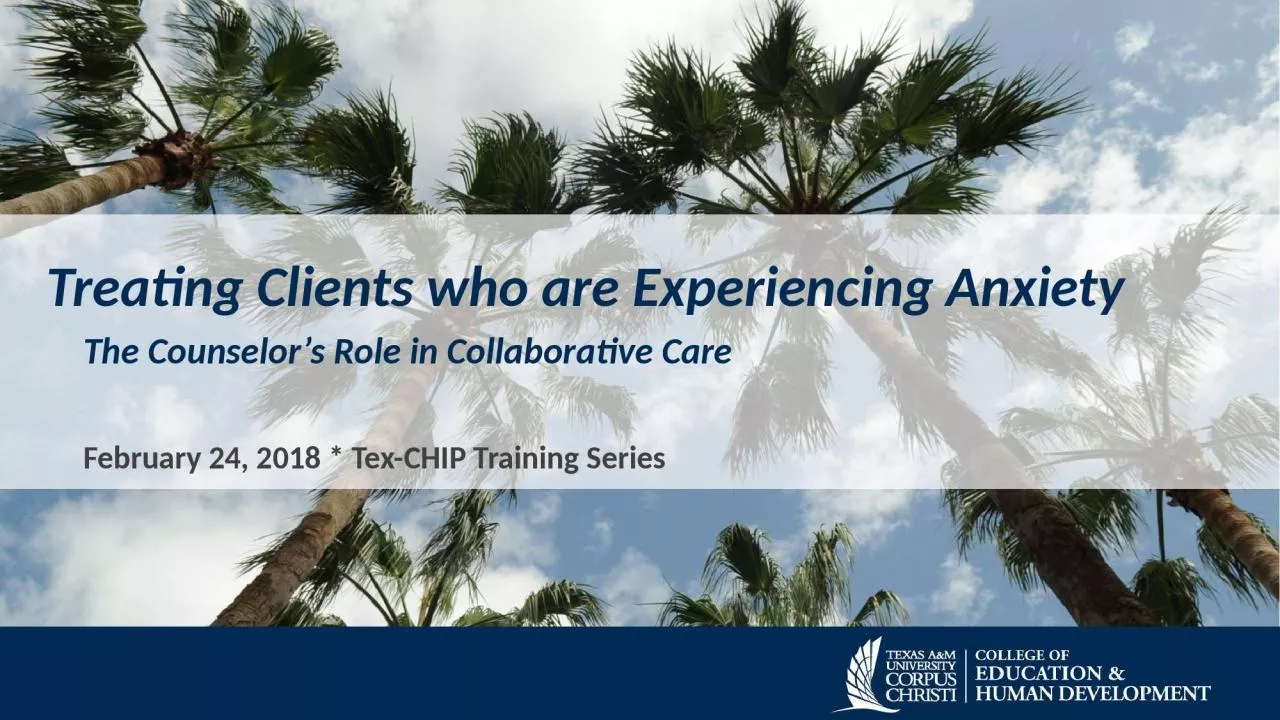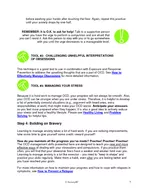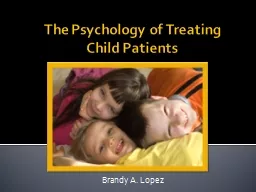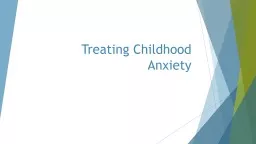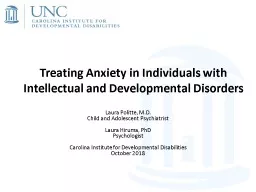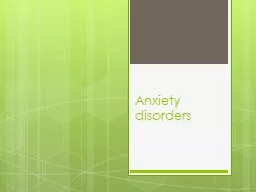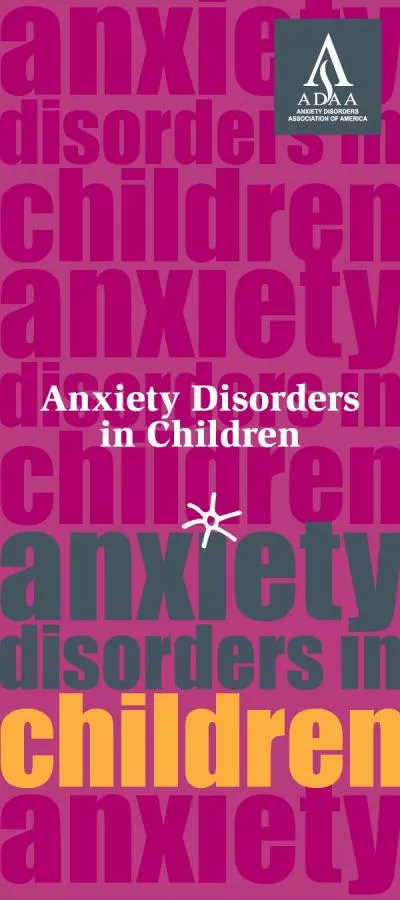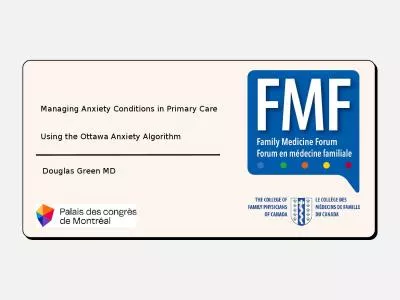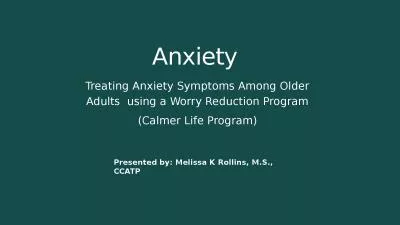PPT-Treating Clients who are Experiencing Anxiety
Author : elina | Published Date : 2023-12-30
The Counselors Role in Collaborative Care February 24 2018 TexCHIP Training Series Recognizing the Symptoms Feeling nervous restless or tense Having a sense of
Presentation Embed Code
Download Presentation
Download Presentation The PPT/PDF document "Treating Clients who are Experiencing An..." is the property of its rightful owner. Permission is granted to download and print the materials on this website for personal, non-commercial use only, and to display it on your personal computer provided you do not modify the materials and that you retain all copyright notices contained in the materials. By downloading content from our website, you accept the terms of this agreement.
Treating Clients who are Experiencing Anxiety: Transcript
Download Rules Of Document
"Treating Clients who are Experiencing Anxiety"The content belongs to its owner. You may download and print it for personal use, without modification, and keep all copyright notices. By downloading, you agree to these terms.
Related Documents

